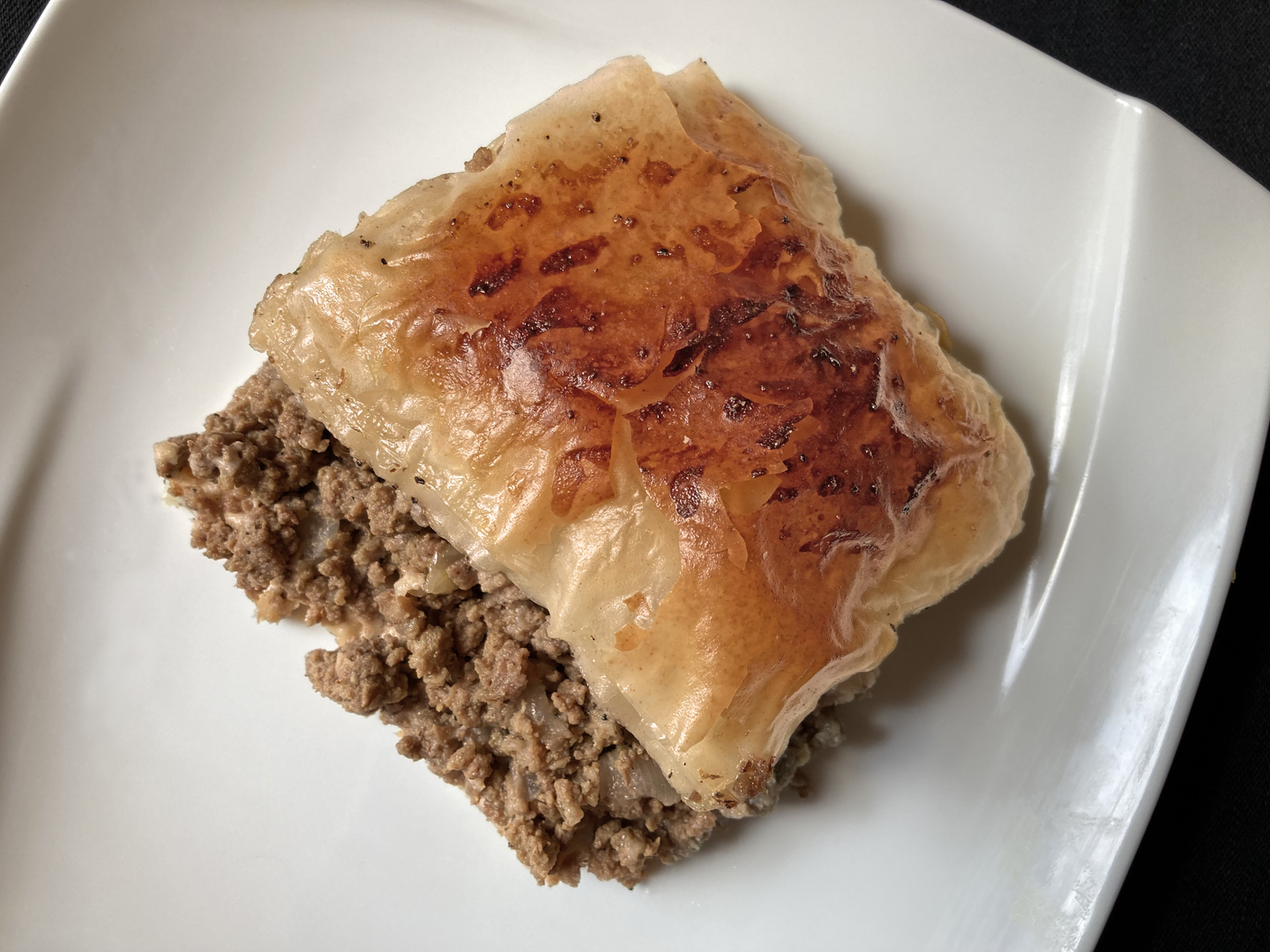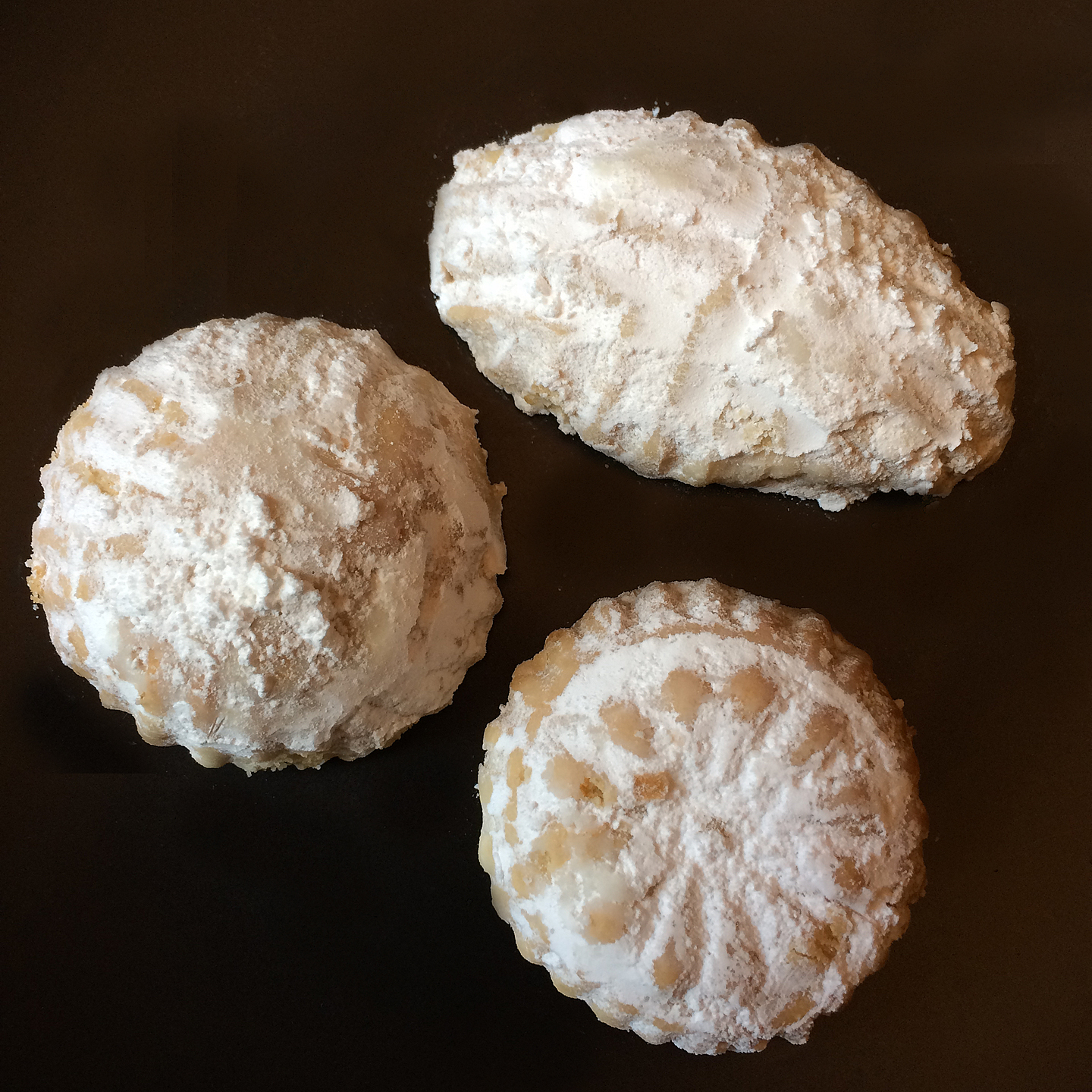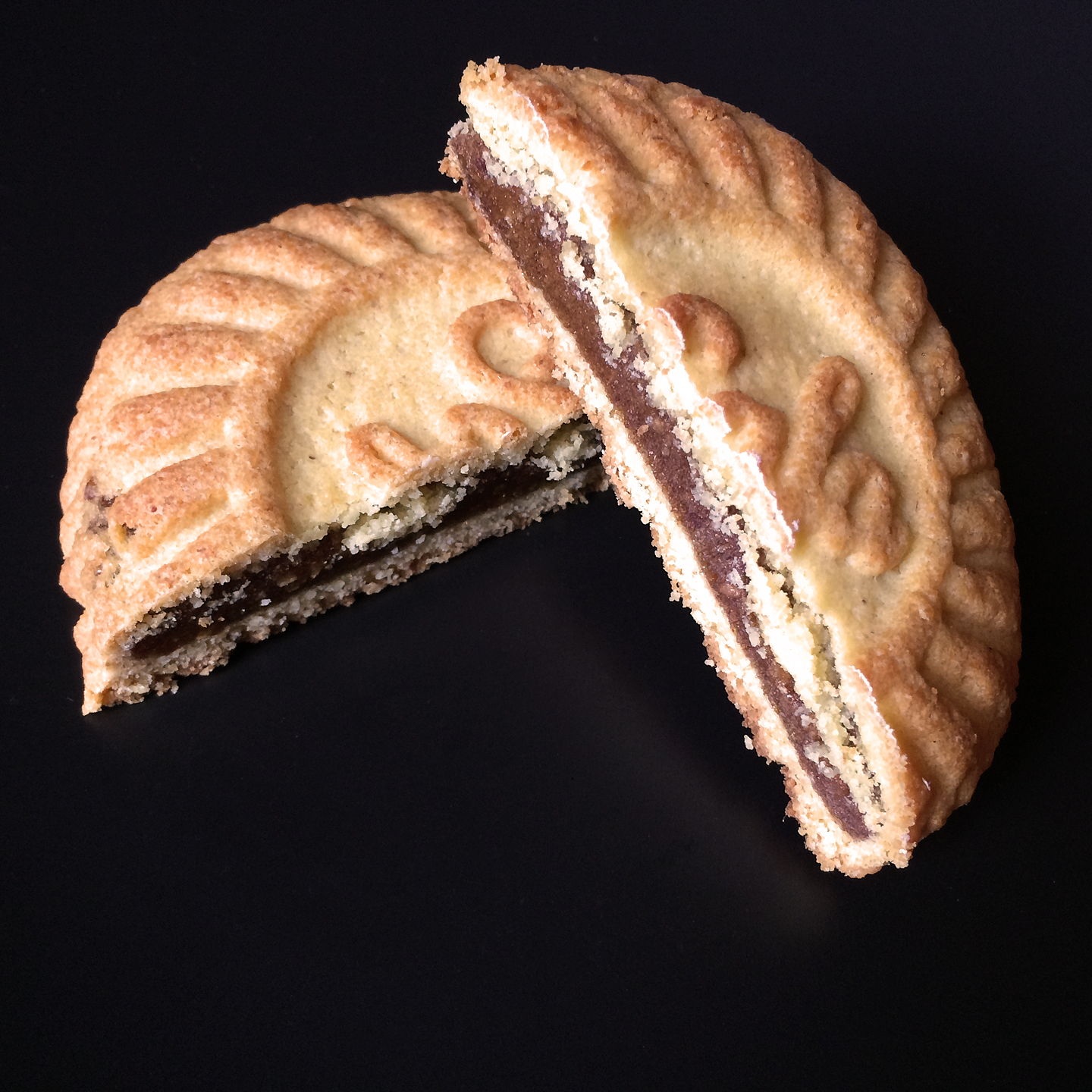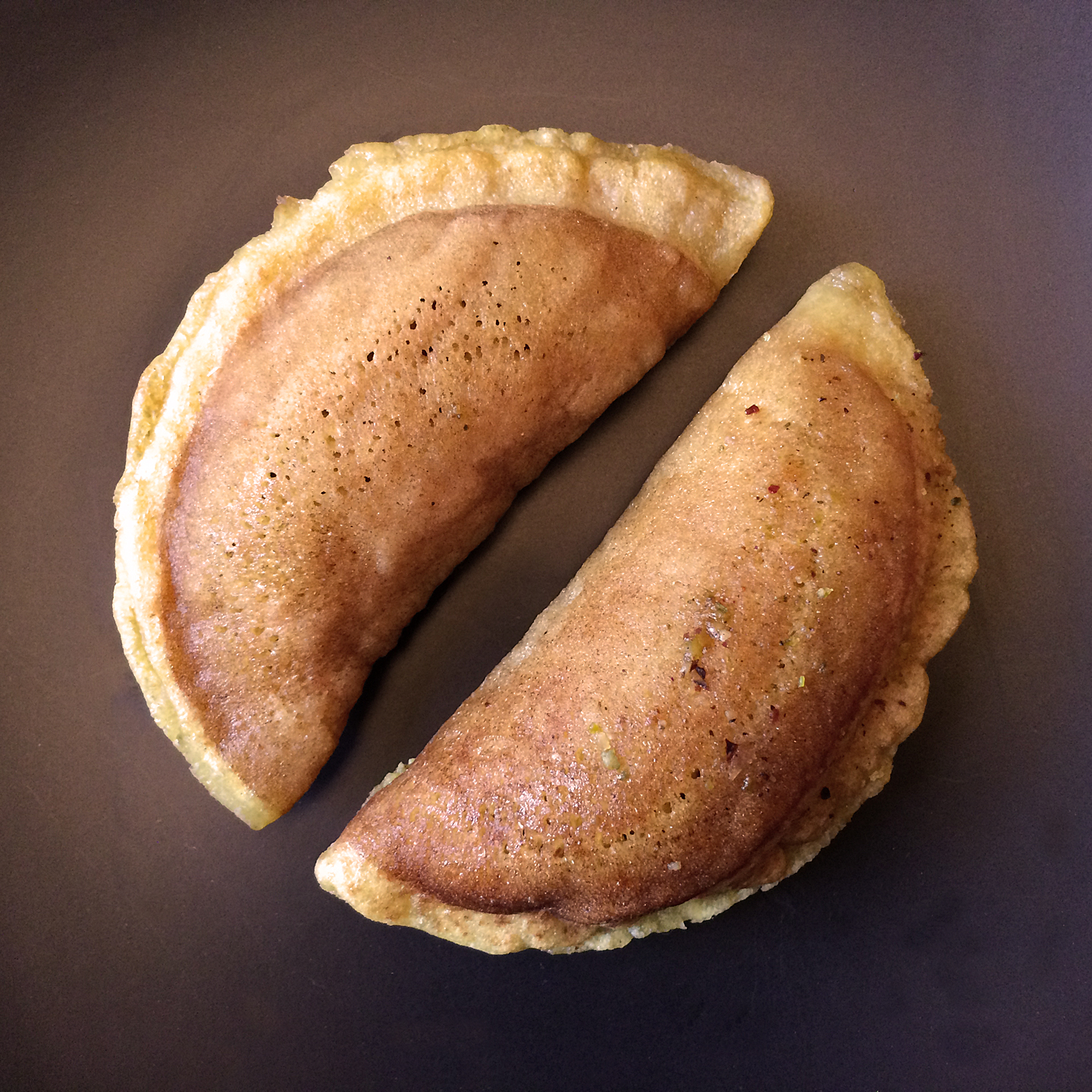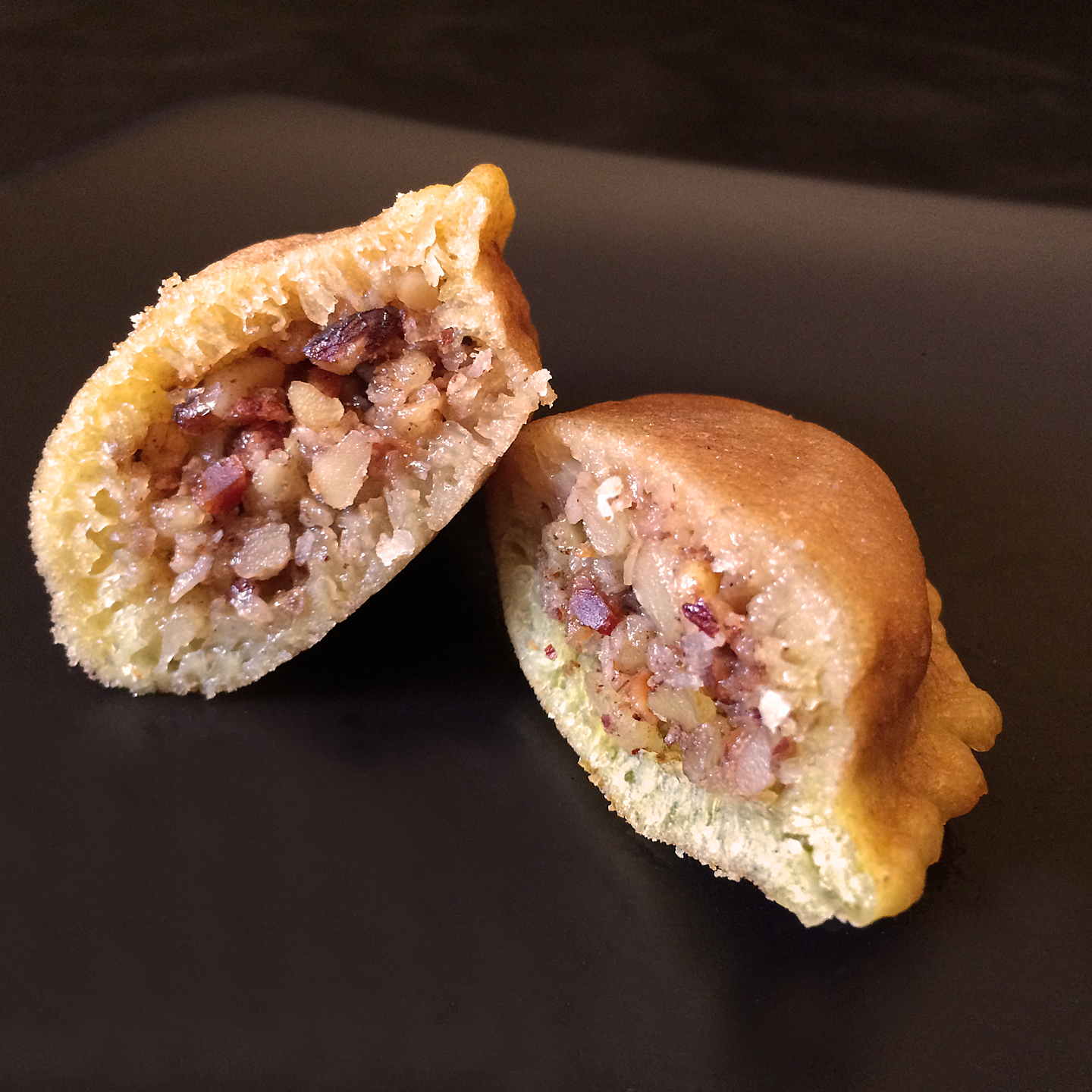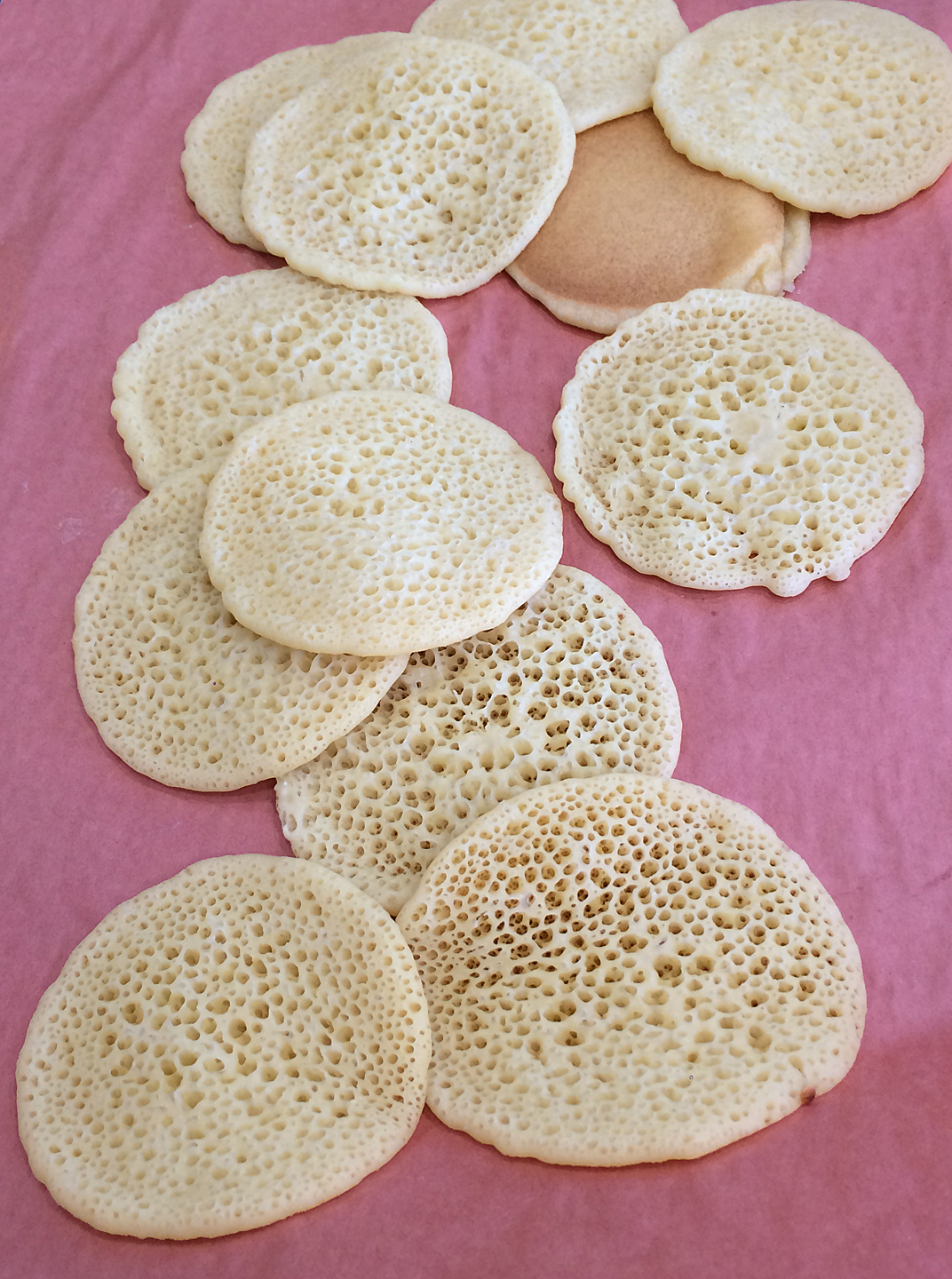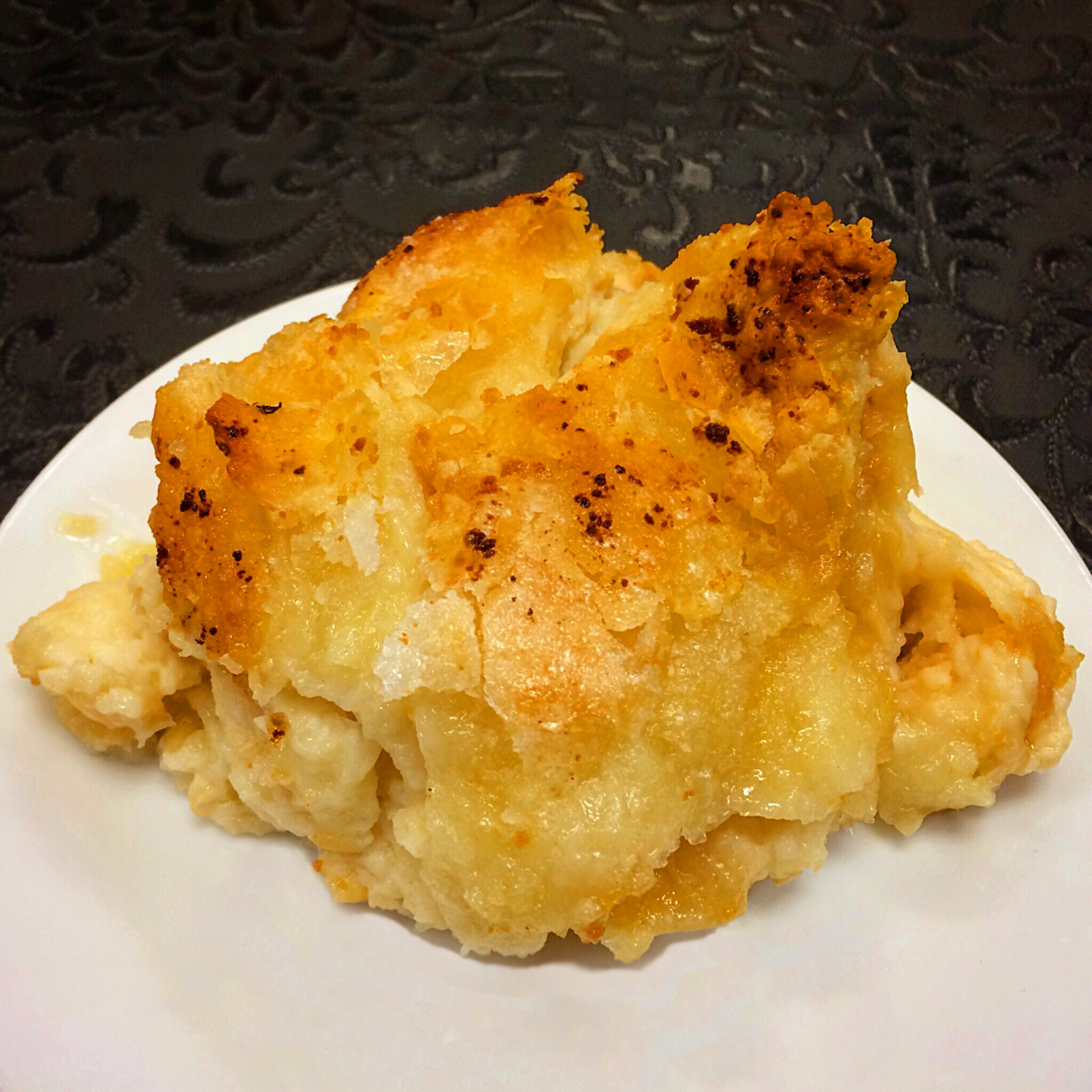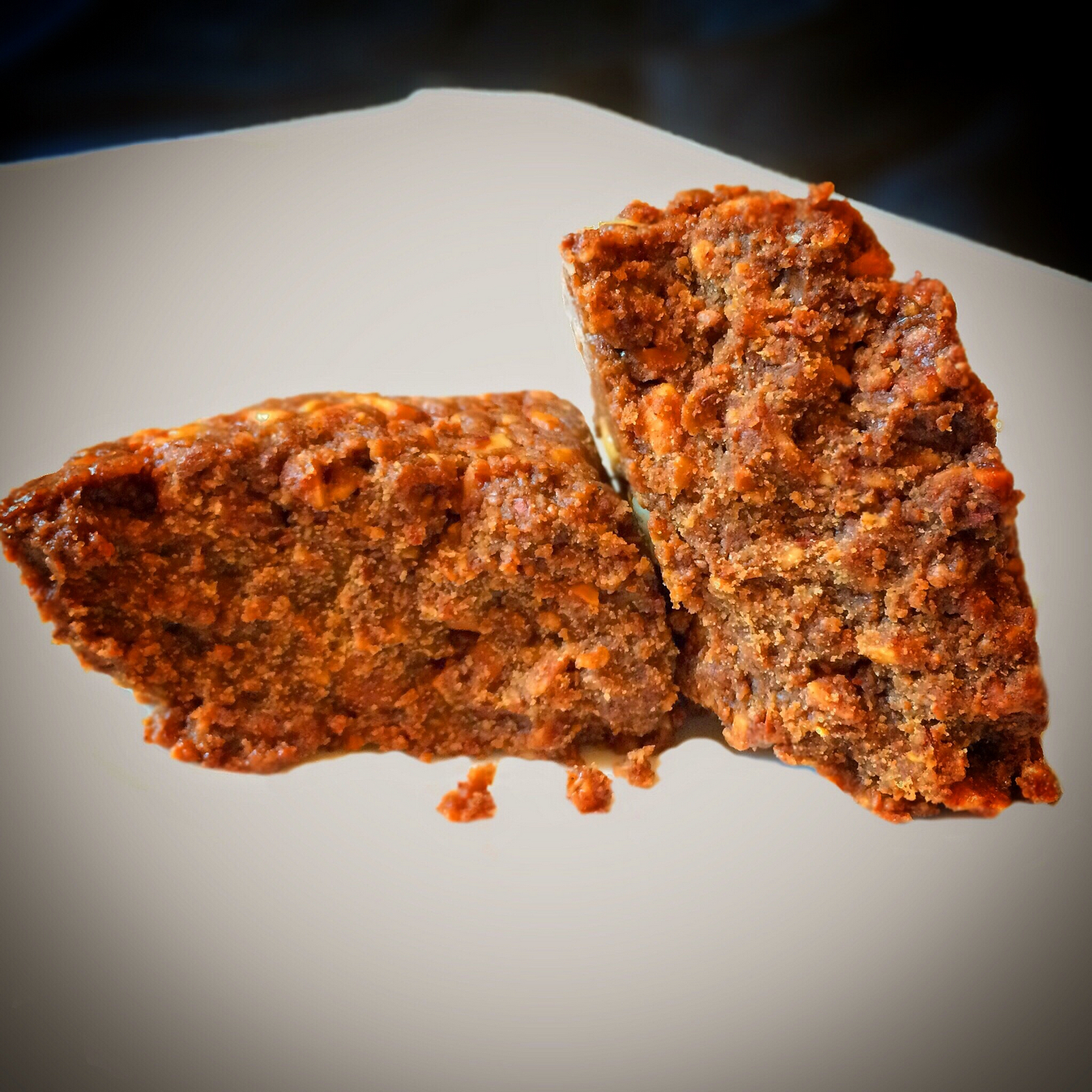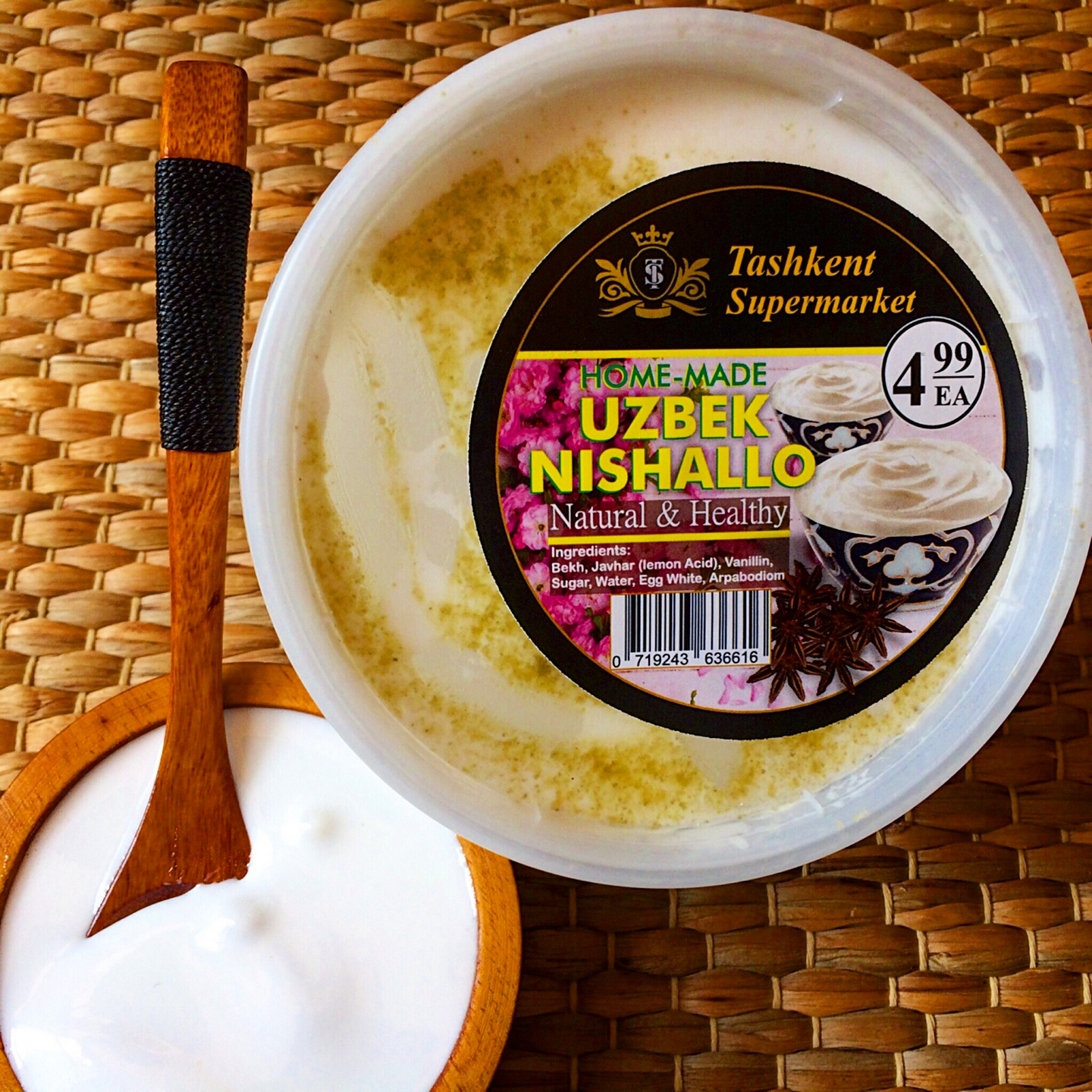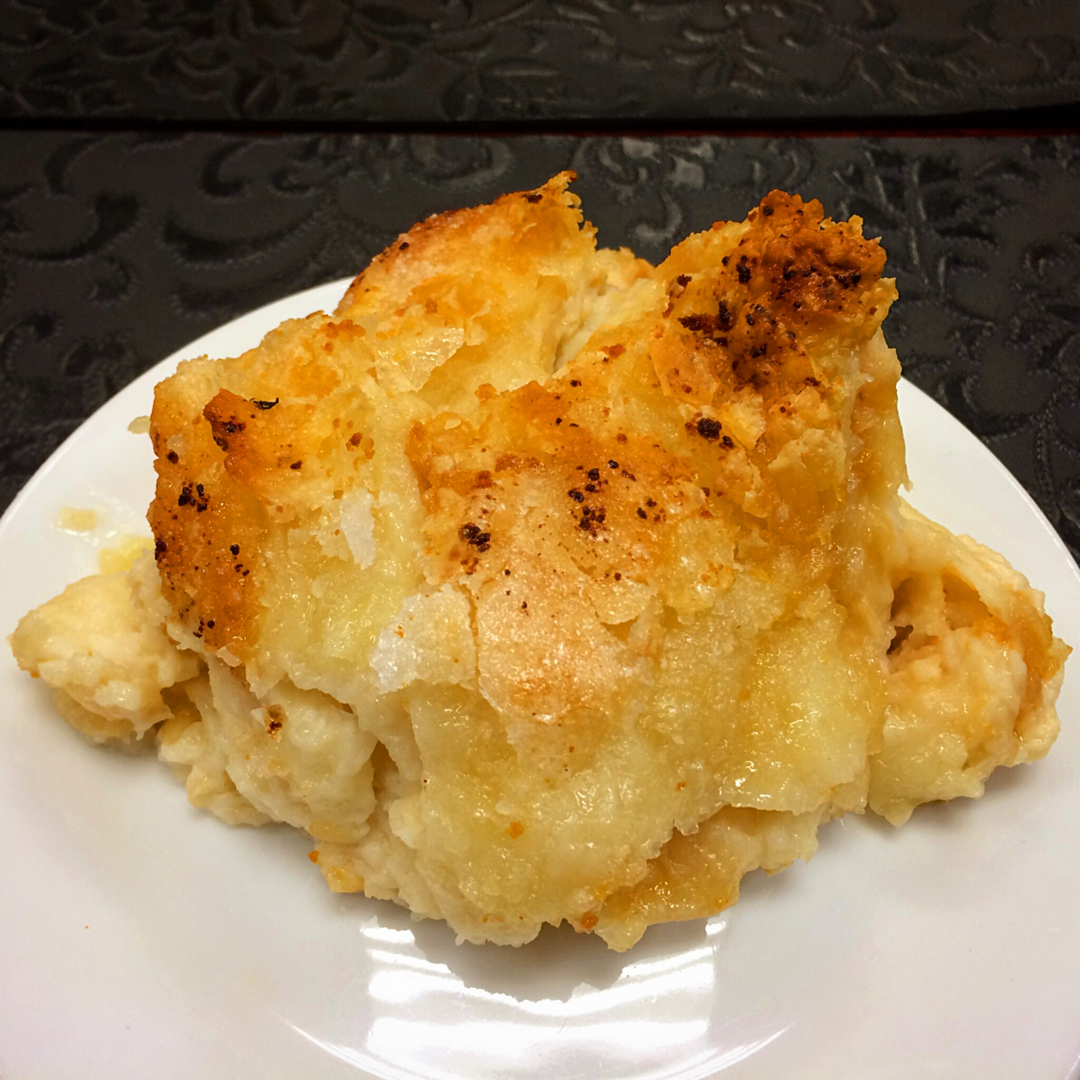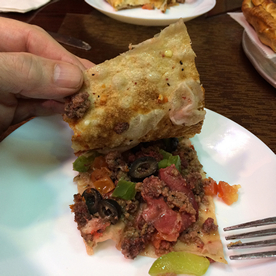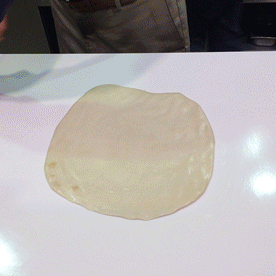An ethnojunket is a food-focused walking tour through one of New York City’s many ethnic enclaves; my mission is to introduce you to some delicious, accessible, international treats (hence, “ethno-”) that you’ve never tasted but soon will never be able to live without (hence, “-junkie”).
The Flavors of Little Levant in Bay Ridge
Brooklyn’s Bay Ridge is home to so many Middle Eastern restaurants and bakeries that it should have earned the moniker “Little Levant” long ago; the influx of Lebanese, Yemeni, and other Middle Eastern and Arab Americans makes it the ideal neighborhood for an ethnic food tour. (Did you know that Bay Ridge and Beirut are cognates? Just kidding.)
But there’s a lot more to it than that: the locale was formerly home to a thriving Norwegian community and now welcomes shops and markets representing Greece, Mexico, Poland and more – and our mission is to sample the flavors of all of them! It will be an afternoon of treats and sweets as we make our way through Little Levant: Lebanese manakish, Middle Eastern shawarma and toum, cheesy pide and chocolate baklava from Turkey, spanakopita from Greece, sweets and unique mastic ice cream plus lots more.
Some photos from past visits:
(Click on any image to view it in high resolution.)
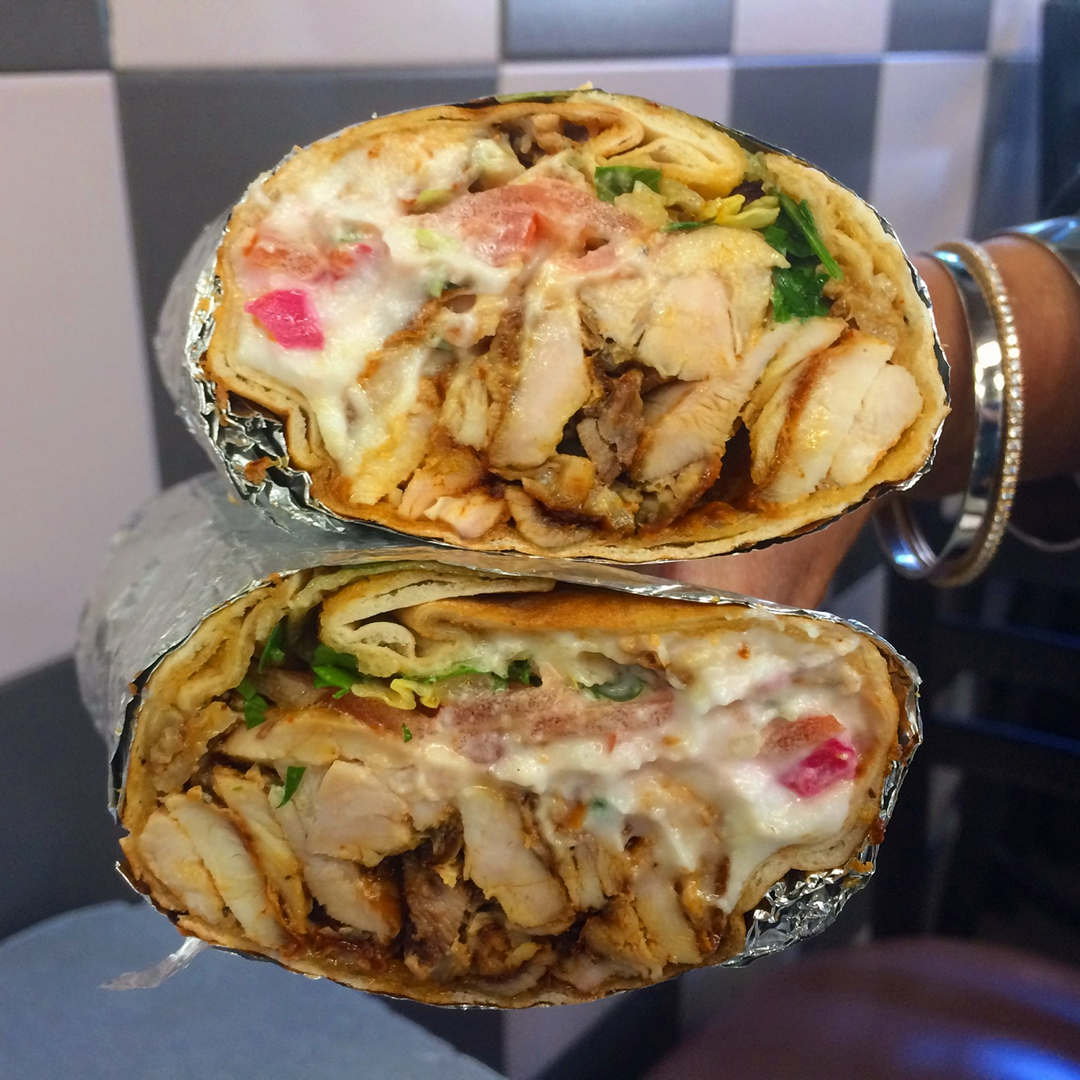
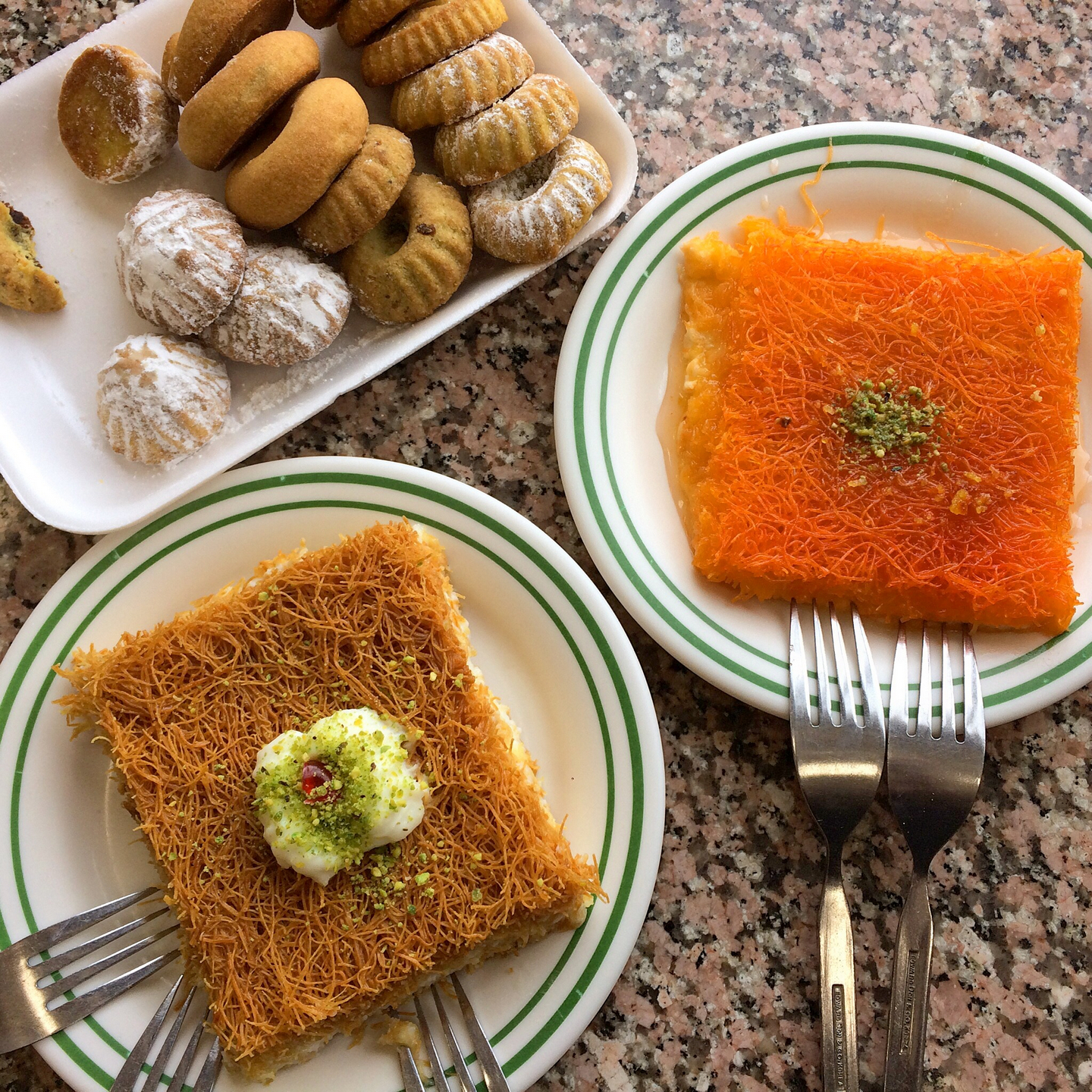

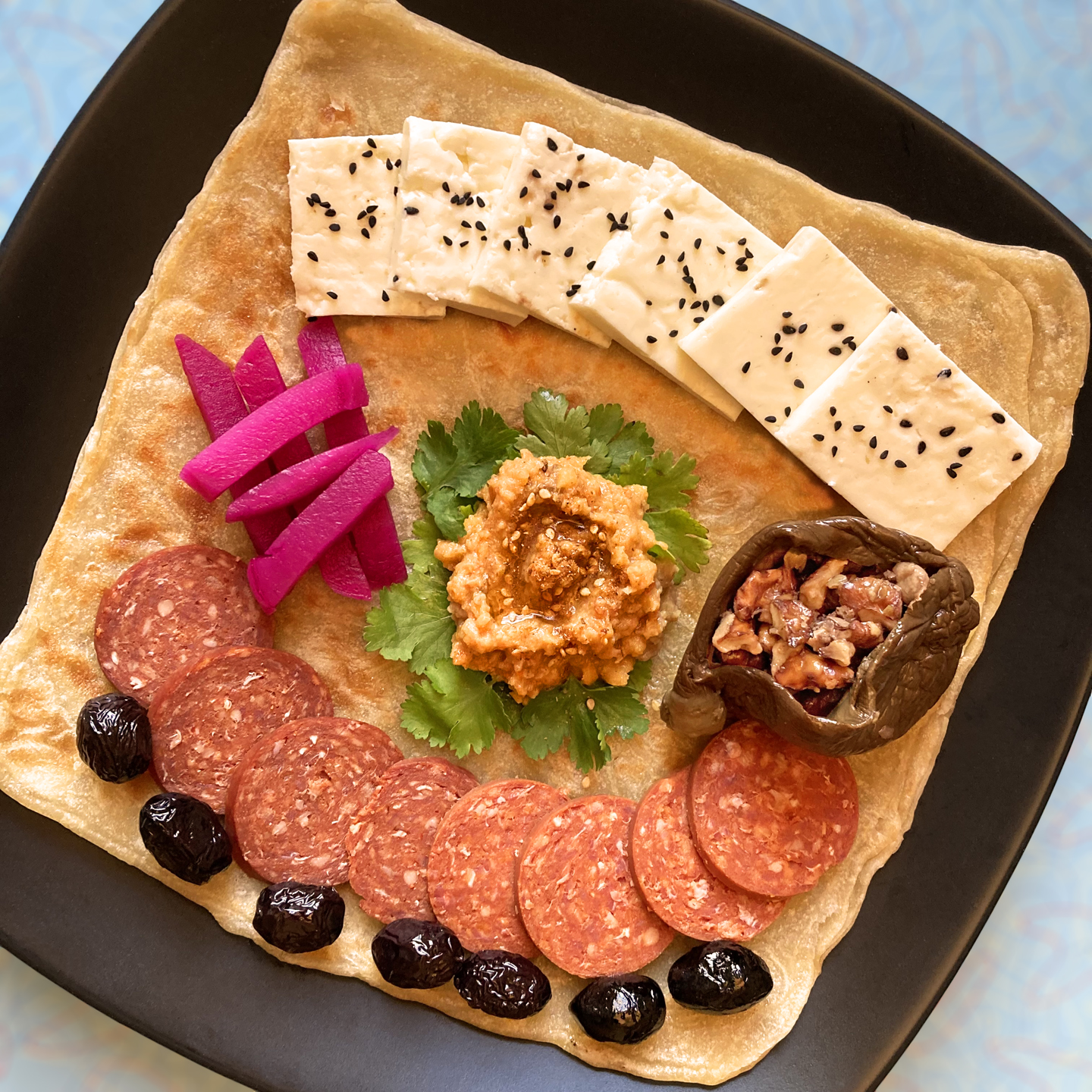

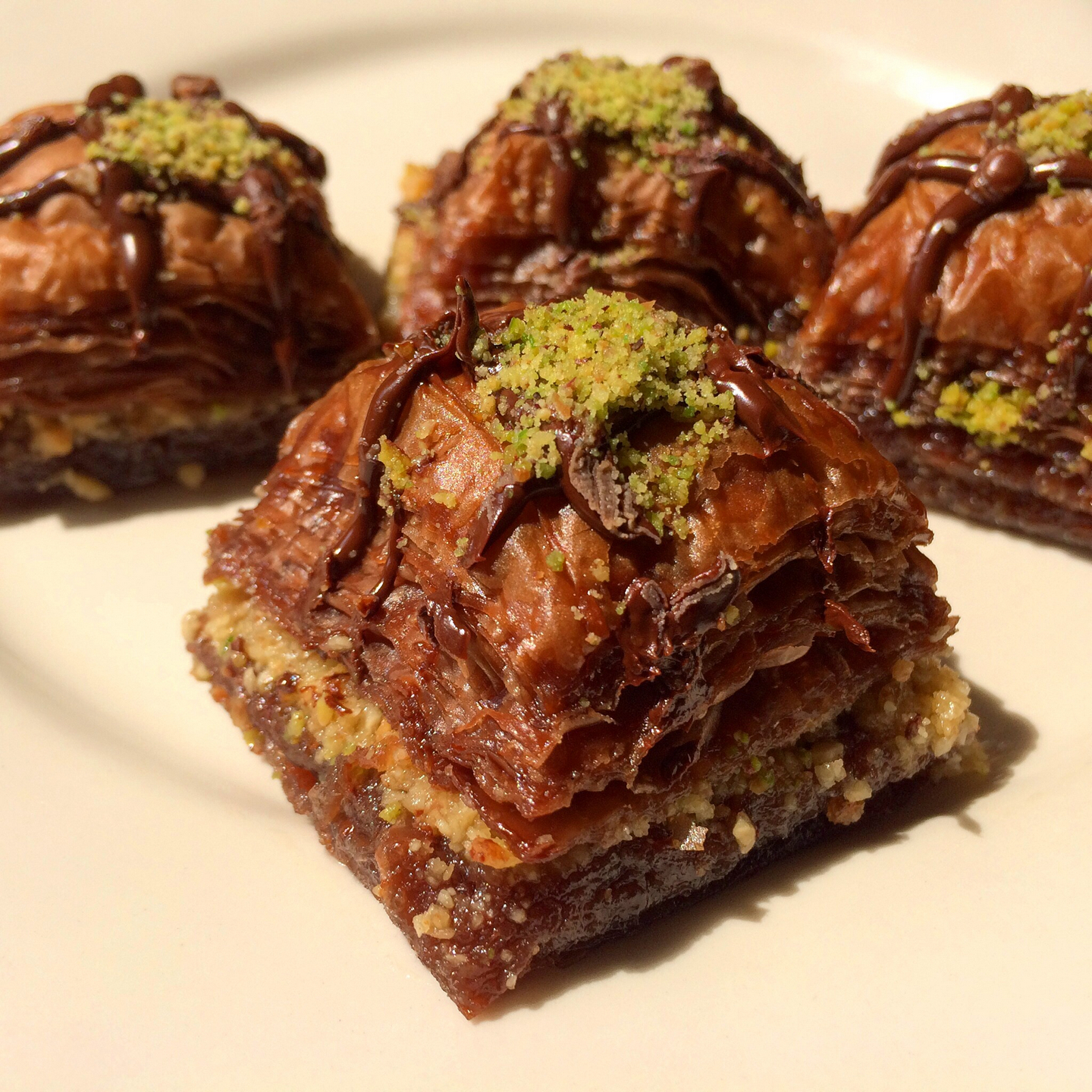
Details:
The cost of any tour is $95 per person (cash only, please) and includes a veritable cornucopia of food so bring your appetite: you won’t leave hungry, and you will leave happy!
Tours usually begin at 1pm and typically run about 3 to 4 hours (depending upon the neighborhood).
Sign up!
Simply send me a note below and tell me when you’d like to experience a food adventure and which ethnojunket you’re interested in – I’ll bet we can find a mutually convenient day! I’ll email you with details.
Please note: While I generally have a pretty good idea of what ingredients go into whatever we’re consuming, I can’t vouch for salt or sugar or gluten or so many other clandestine buzz killers. If you have any dietary restrictions or food allergies, please be mindful of that and take responsibility for them just as you would if you were dining under any other circumstances. (I’m a foodie, not a doctor!) By the same token, if something troublesome happens to you along the way, I can’t take the liability for that any more than if you were just walking along the street or in a shop by yourself. (I’m a writer, not a lawyer!) In other words, when you join one of my ethnojunkets, you are taking complete responsibility for your own welfare and safety.
What I can do is bring you a few hours of entertaining, educational, and delicious fun!
Questions? Feel free to write to me directly at rich[at]ethnojunkie[dot]com.
